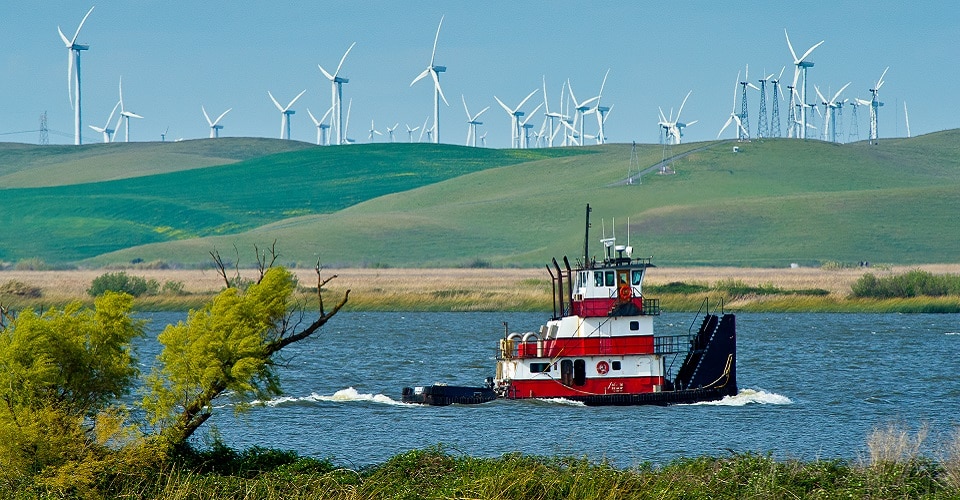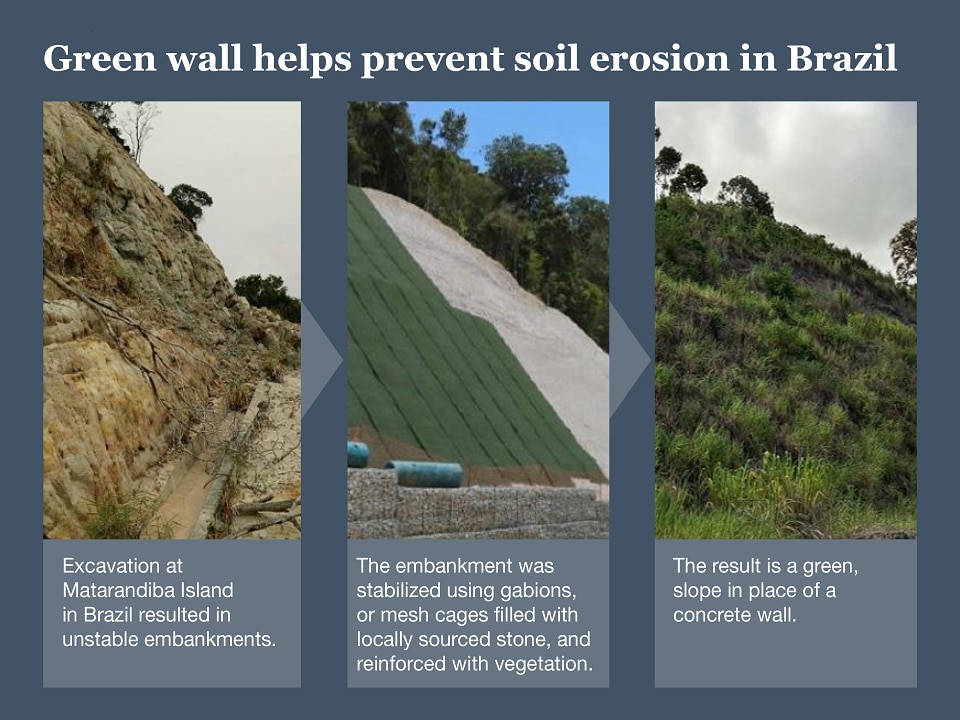
Working with nature: Improving ecosystems and business costs
By demonstrating the value of natural capital, our goal is to inspire actions that accelerate adoption of green infrastructure solutions around the globe.
Five years ago, Dow made a big bet. This bet was based on the premise that there was a lot of unaccounted value from nature, and a lot of nature-based solutions to be discovered for business problems.
In fact, as part of our “Valuing Nature” Goal, we bet that over a ten year period our company could uncover $1 billion in business value, primarily through avoided costs, on projects that were good for our business and better for ecosystems. One of seven goals outlined in our 2025 Sustainability Goals, this goal represented the first commitment by a corporation to consider nature in practically all business decisions.
I’m proud to report that our bet is paying off. Recently, we reached the halfway mark to our $1 billion goal. More than that, we’ve brought attention to what often is an overlooked business benefit: nature and its resources. By systematically providing the tools, structure and business environment, we are demonstrating how investing in projects that are better for nature can help businesses and other organizations save money, reduce risks and build value for all stakeholders, including investors and communities.
Working with nature
In launching our “Valuing Nature” Goal, we set out to answer: How we can include nature within our business decisions? Building on our ongoing collaboration with The Nature Conservancy, we worked together to develop tools that helped evaluate and measure the value of nature-based projects along with process improvements and valuing natural capital assets. We also visited Dow sites across the world to test the tools and train our people on how to use them. Today, we use the screening tools extensively for capital project planning.
What does a nature-based project look like? It depends.
- In Elizabethtown, Kentucky, it looks like a wetland. Our manufacturing site there needed a retention pond for fire and storm water. Instead of constructing a dry containment pond, our Nature team suggested building a five-acre wetland. The wetland reduces downstream flooding and filters suspended solids for cleaner storm water while providing containment in the event of an unlikely fire scenario.
- In Aratu, Brazil, it looks like green, lush embankments. Excavating new brine wells at Matarandiba Island destabilized embankments. Instead of reinforcing the slopes with concrete, engineered gabion walls were built with locally sourced stone and reinforced with vegetation. (A gabion wall is a retaining wall made of stone-filled mesh enclosures tied together.) The walls help stabilize the embankments and stop soil erosion. The vegetated slope also reduces the impact on the local forest and reduced CO2 emissions by 90% over constructing concrete walls.
- In Europe, it looks like a meadow. At our manufacturing plant in Leuna, Germany, we simply decreased mowing certain areas within and around our facilities and allowed nature to come back. Insects, birds and mammals are returning to the renewed areas of habitat. The sustainable landscape management has increased habitat, lowered maintenance costs and earned positive feedback from the community and Team Dow.

Simply put, sustainability pays. It reduces risks. It improves our ability to deliver for our customers, communities and the world. It also reduces waste and costs. By demonstrating the value of natural capital, our goal is to inspire actions that accelerate adoption of green infrastructure solutions around the globe. We want to help other companies understand how these solutions can contribute to healthier ecosystems, biodiversity and habitat, as well as more resilient business practices. The boost to our bottom line? That’s a welcome bonus
Read our 2019 Sustainability Report for more details on our Valuing Nature Goal.
Mary Draves
Chief Sustainability Officer and Vice President of Environment, Health and Safety Dow





